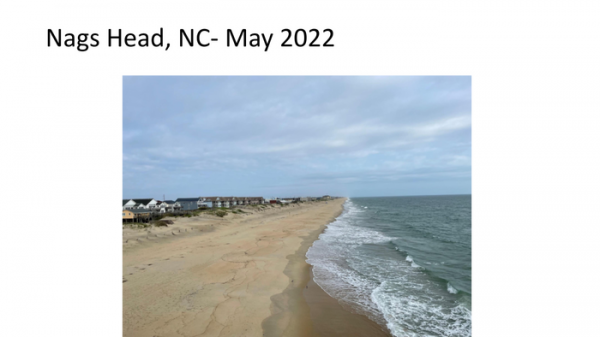Sea level rise and big storms are hammering coastal communities, causing increased flooding and land loss, saltwater intrusion, wetland loss/change, and impacts to local infrastructure.
Communities along the coast often have their individual, onsite wastewater treatment systems, also called septic systems. In North Carolina alone, there are about 1 million homes with septic systems that are either on a coastline or are located in watersheds that drain into the ocean.
To operate effectively, coastal septic systems rely on unsaturated soils to filter wastewater and direct flow away from homes. But in some communities, the shallow groundwater table is rising, leaving homeowners in a precarious position.
“Typically, when you permit the septic systems in North Carolina, they want to have about one and a half feet of unsaturated soils below the system,” explains Michael O’Driscoll, associate professor at East Carolina University. O’Driscoll is a coauthor of a new study being presented at the Geological Society of America’s annual meeting tomorrow.
Read more at: The Geological Society of America
Houses on Nags Head, North Carolina, have septic systems that are being inundated by rising groundwater levels. This rise leads to the malfunction of septic systems and wastewater treatment. Image credit: M. O’Driscoll. (Photo Credit: M. O’Driscoll)


